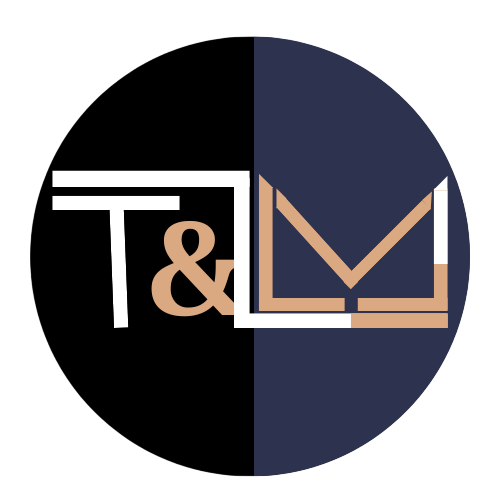If you’re considering filing a trademark application, you might be surprised to learn that nearly half (48.3%) of all trademark applications filed with the United States Patent and Trademark Office (USPTO) are rejected. Over the past five years, the approval rate has dropped from 59.1% to just 51.7%, signaling a growing challenge for applicants.
This decline raises an important question: Why are so many applications being rejected, and how can you increase your chances of success? The answer lies in understanding the evolving trademark examination landscape and, more importantly, ensuring you have the right legal guidance.
Why Are More Trademark Applications Being Rejected?
Several factors contribute to the increasing rejection rate at the USPTO:
1. Stricter Examination Standards
The USPTO has become increasingly meticulous in reviewing applications, scrutinizing trademarks for likelihood of confusion, descriptiveness, and failure to function as a trademark. This heightened scrutiny has made the process more challenging for those filing without legal expertise.
2. Increase in Trademark Filings
With the rise of e-commerce and digital brands, trademark applications have surged. This increased volume has led to a more competitive and crowded trademark register, making it harder to secure a unique and enforceable mark.
3. Common Application Mistakes
Many applicants make critical errors, such as:
- Selecting a weak or generic mark
- Failing to conduct a comprehensive trademark search
- Incorrectly identifying goods and services
- Filing without understanding potential conflicts
The Risk of Filing Without an Attorney
Many businesses attempt to file trademarks on their own or use inexpensive online filing services. However, the reality is that DIY filings and low-cost services often result in costly refusals, delays, and ultimately, rejection.
Here’s why hiring a skilled trademark attorney is crucial:
1. Comprehensive Trademark Search & Risk Assessment
A proper trademark search isn’t just about checking if an exact name exists—it’s about evaluating potential conflicts that could lead to refusal. Attorneys have access to advanced search tools and legal knowledge to assess risks before filing.
2. Avoiding Office Actions & Refusals
A large portion of refusals stem from likelihood of confusion with existing marks or failing to meet distinctiveness requirements. An attorney helps you craft a stronger application, minimizing the chances of rejection.
3. Proper Classification of Goods & Services
Choosing the right trademark class and descriptions is one of the most common pitfalls for self-filers. Misclassification can lead to unnecessary rejections or limit your protection scope. Attorneys ensure your application is properly structured from the start.
4. Professional Responses to USPTO Office Actions
If your application receives an Office Action (a letter from the USPTO citing issues with your filing), an attorney is essential in crafting a strong legal argument to overcome refusals. Without legal expertise, responding effectively can be nearly impossible.
Investing in Professional Trademark Protection
Filing a trademark isn’t just about submitting paperwork—it’s about securing your brand’s future. With rejection rates on the rise, the cost of filing incorrectly far outweighs the investment in hiring an attorney.
Think About It This Way:
- The USPTO filing fee ($250–$350 per class) is non-refundable. If your application is refused, that money is lost.
- Hiring an attorney significantly increases approval rates by ensuring the application is strong from the beginning.
- A rejected application can result in months of delays, rebranding costs, and loss of potential business opportunities.
Don’t Leave Your Trademark to Chance
The numbers don’t lie — trademark applications are becoming more difficult to get approved. The era of easy trademark registration is over, and navigating the process without an attorney is riskier than ever.
If you’re serious about protecting your brand, hiring an experienced trademark attorney is the best decision you can make. Don’t gamble with your business’s identity — get the right legal expertise on your side.
Contact us today for expert guidance on safeguarding your intellectual property.
